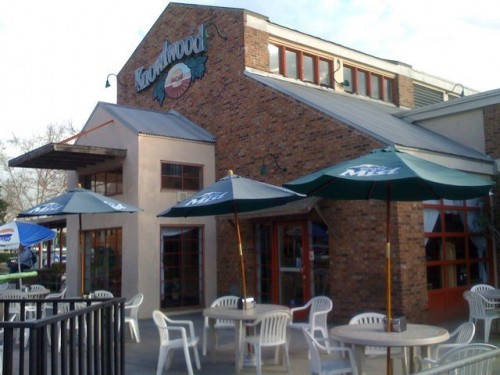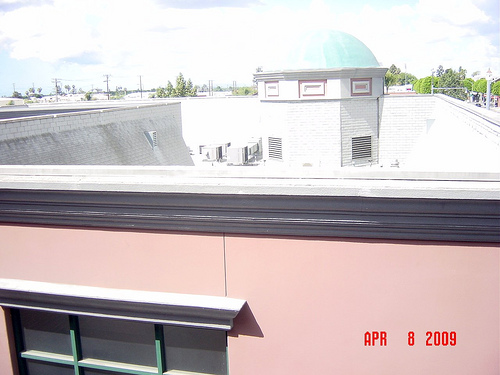
Just in time for his retirement, our beloved police chief Pat McKinley brought home a $100,000 federal earmark for his new body armor which he designed in a partnership with seasoned police contractor Safariland, a subsidiary of Europe’s largest military contractor. Congresswoman Loretta Sanchez congratulated herself for rooting up the money for the high-priced vests as part of the Omnibus Appropriations Act.
What could be wrong with this earmark? It’s nothing but free money for the City of Fullerton – an unconditional gift from the federal government, right?
But the earmark qualifies as official government pork according to government watchdogs.
Citizens Against Government Waste have identified 10,160 projects at a cost of $19.6 billion in the 12 Appropriations Acts for fiscal 2009 that symbolize the most egregious and blatant examples of pork. All of the items in the Congressional Pig Book Summary meet at least one of these criteria, but most satisfy at least two:
- Requested by only one chamber of Congress;
- Not specifically authorized;
- Not competitively awarded;
- Not requested by the President;
- Greatly exceeds the President’s budget request or the previous year’s funding;
- Not the subject of congressional hearings; or
- Serves only a local or special interest.

There are two sides to every slab of government pork: on one hand, earmarks return a portion of Fullerton citizens’ federal tax dollars back to the city itself. If Fullerton doesn’t grab it’s share of the pie, the money will merely be assigned to some other bloated project in some other needy town far, far away.
On the flip side, earmarks represent the very worst in fiscal responsibility and big government. Appropriations Committee members arbitrarily pick winners and losers by earmarking funds for specific recipients. Lobbyists and their congressmen bypass authorizing committees directly for pet projects, creating a giant fiscal free-for-all that undermines the Constitution and makes states and localities increasingly beholden to the federal government. Finally, the federal deficit grows unchecked and our taxes increase via the debasement of our currency.
Pork projects have haunted this nation since our early years, but they have always been reviled by fiscally responsible citizens. Thomas Jefferson considered earmarks “a source of boundless patronage to the executive, jobbing to members of Congress & their friends, and a bottomless abyss of public money”. If Jefferson knew about the exponential increase in federal earmarks over the last decade, he would likely rise from his grave to scribe a brand new Declaration of Independence.
In the end, the chiefs’ friends at Safariland are $100,000 richer, our police have new vests that cost twice as much as the old, and most importantly, the fruits of our labor have been lost in a sea of unaccountability.
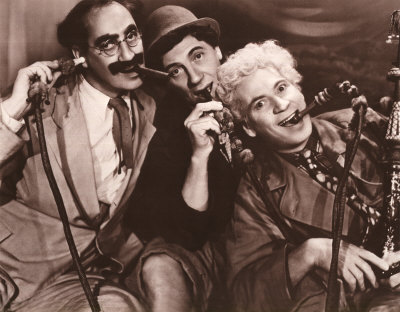





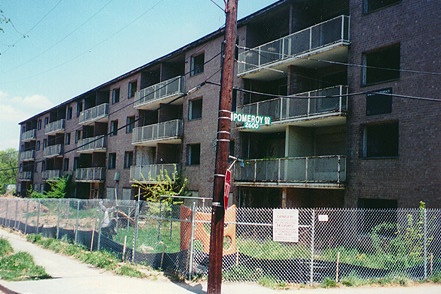






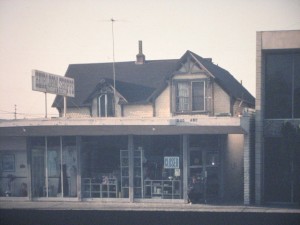



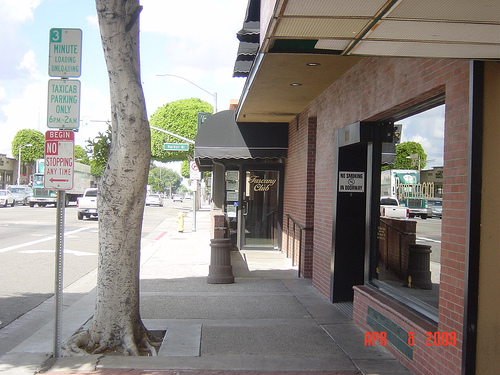


 At one point, the Hunt Library was part of the campus of Hunt Foods, owned by an entrepreneur and industrialist Norton Simon. In 1927, he and his family purchased an old orange juice bottling company in Fullerton. Over the years, they added more produce and vegetables and most notably proceeded to turn tomato sauce and ketchup into gold.
At one point, the Hunt Library was part of the campus of Hunt Foods, owned by an entrepreneur and industrialist Norton Simon. In 1927, he and his family purchased an old orange juice bottling company in Fullerton. Over the years, they added more produce and vegetables and most notably proceeded to turn tomato sauce and ketchup into gold.